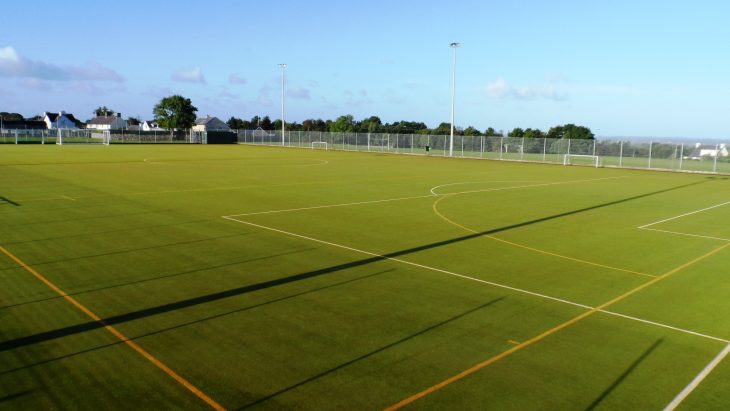
A Few Ways Artificial Grass Is Conserving The World
Attractive grass is very high-maintenance, and requires regular cutting, pruning, weed-extraction, and watering. All of these result in an undesirable effect on the local ecosystem- fortunately, artificial grass can provide an alternative. With minimal routine maintenance necessary, there is no longer the demand for unpleasant chemical sprays and fossil-fuel-dependent lawn mowers. Artificial turf will continue to look fresh for approximately 20 years and that means you can rest and relax knowing that the garden which you trust kids and/or animals to relax and play in, will stay toxin-free.
Limits Heavy Water Usage
In an effort to maintain regular grass recurrent watering is important, especially for the duration of Summer months, and this heavy water usage has negative impacts on the planet. One of the benefits of synthetic grass is that hardly any watering is necessary to keep it looking good. Artificial grass doesn’t dehydrate or die-off with the high heat like standard grass, therefore with reputable companies like, you don’t have to waste precious water on grass.
Saving resources such as water is starting to become more vital and really should contribute to your pick of grass. Artificial grass will only need hosing down if grime or dirt needs to be cleared, and in most cases a small amount of rainfall can do this job on your behalf!
Helps Offset Global Warming
If reducing your carbon footprint is important to you then synthetic turf would be the path to take. The low maintenance that is required means that very little equipment is needed- no mowers, grass clippers, or scarifiers needed, which all use fossil fuels. Artificial grass is always cut and weedless from the time it’s installed, and this will mean you don’t have to depend upon any damaging mowers or clippers.
Not using these particular pieces of equipment will cut your petroleum and diesel fuel usage, and consequently cut down greenhouse gas pollution.
Toxicity
Grass demands the use of fertilisers, pesticides, and other harsh chemicals to kill weeds and to keep your grass looking fresh. In addition to being made from materials such as fossil fuels (further increasing greenhouse gas emissions), you can run the risk of your grass becoming toxic. This creates a dangerous environment, especially for pets and children.
Protecting Land And Water Biodiversity
Yet another harmful effect of applying harsh chemical contaminants on grass lawns is unsafe contaminated run-off that happens when it rains. The rain carries the harmful chemicals that are upon the your lawn across surfaces and will end up in nearby aquatic systems, including ponds and streams, in some instances killing the marine life. Significant amounts of hazardous chemical substances running into marine habitats also can cause algal blooms, which unfortunately drastically diminishes the o2 concentrations in the water. The fish can then become ill and/or die-off, resulting in a population decline, and decreasing local biodiversity.
Sometimes these agal blooms may also become harmful to people because they result in bacteria growth and increased toxin levels in water. This can cause people to become ill when they encounter the polluted water, through either having some the contaminated water or ingesting tainted fish.
Artificial turf does not have any need for any harsh chemicals and offers a solution to the damaging impacts of sustaining regular grass. Click here for considerably more details www.artificialgrassmaintenance.co.uk
